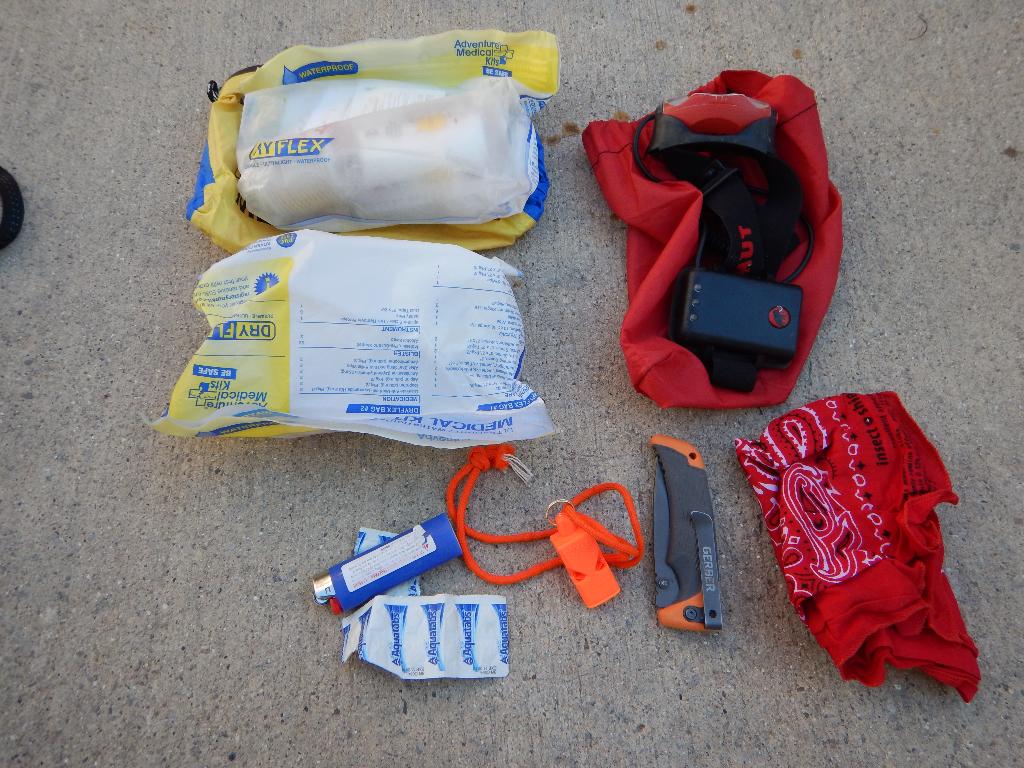The 10 ESSENTIALS for Outdoor Adventures

The 10E's, not to be confused with tennies, are the 10 ESSENTIALS. These are key emergency items that can make the difference between life and death in the outdoors if something unexpected happens. I am constantly surprised by how few people in the outdoors carry a 10E kit. Every member of your group should carry their own 10E kit, and more importantly, KNOW HOW TO USE THE ITEMS IN THE KIT!
It doesn't matter if I'm going out for a short stroll on a well travelled trail, or multi-day backcountry adventure, my 10E kit is always the first item in my pack.
The 10 essentials:
- Navigation: Bring a map, compass, and the know how to use them. A GPS is great, but can break or run out of batteries. I generally use a GPS, but also have a paper map backup and compass.
- Sun Protection: Sunscreen, sunglasses, long sleeve shirts, etc… Self explanatory, but I will point out sunglasses are key if traveling in snow country to prevent snow blindness.
- Extra clothes: Hat, gloves, jacket, rain gear, etc… Weather can change fast, and if you end up needing to spend a night out, the extra clothes will be helpful. I have a warm hat that accompanies me on all trips regardless the season.
- Illumination: Headlamp or flashlight. With the new LED headlamps, there is no excuse for being caught out in the dark. LED headlamps are light, bright, and have an incredible battery life compared to the headlamps of just a few years ago.
- First aid kit and bug repellant: The small, pre-packaged ones that come in dry sacks are great and quite light. Make sure it has the supplies you might need and know how to use them. Pain relievers and mole skin are the two most commonly used items from my First Aid Kit.
- Fire starter: Lighter and/or matches. Being jostled, lighters can sometimes loose their butane over time in your pack. Check them occasionally before trips.
- Water: Extra water and/or means to treat water if available. My current favorite method is Aquatabs. They are light, simple, and easy to bring along.
- Knife (or multi-tool): A knife or multi-tool has countless uses in the backcountry. If canyoneering, I have a sharp serrated edged knife for cutting webbing. For other trips I bring the trusty ol' Swiss Army Knife.
- Extra food: If your fatigued, cold, and hungry, you won’t be making the best decisions. Bring extra calories! I generally have 3 emergency energy bars with me. Mine have been in the kit a long time. They are old, stale, and will likely taste like tree bark, but hunger is the best sauce and would be appreciated in an emergency.
- Emergency shelter: Space blankets work great and are light. A tarp is also a good tool.
In addition, my kit also contains a whistle for communication (particularly useful in canyoneering), a bandana, and toilet paper.
